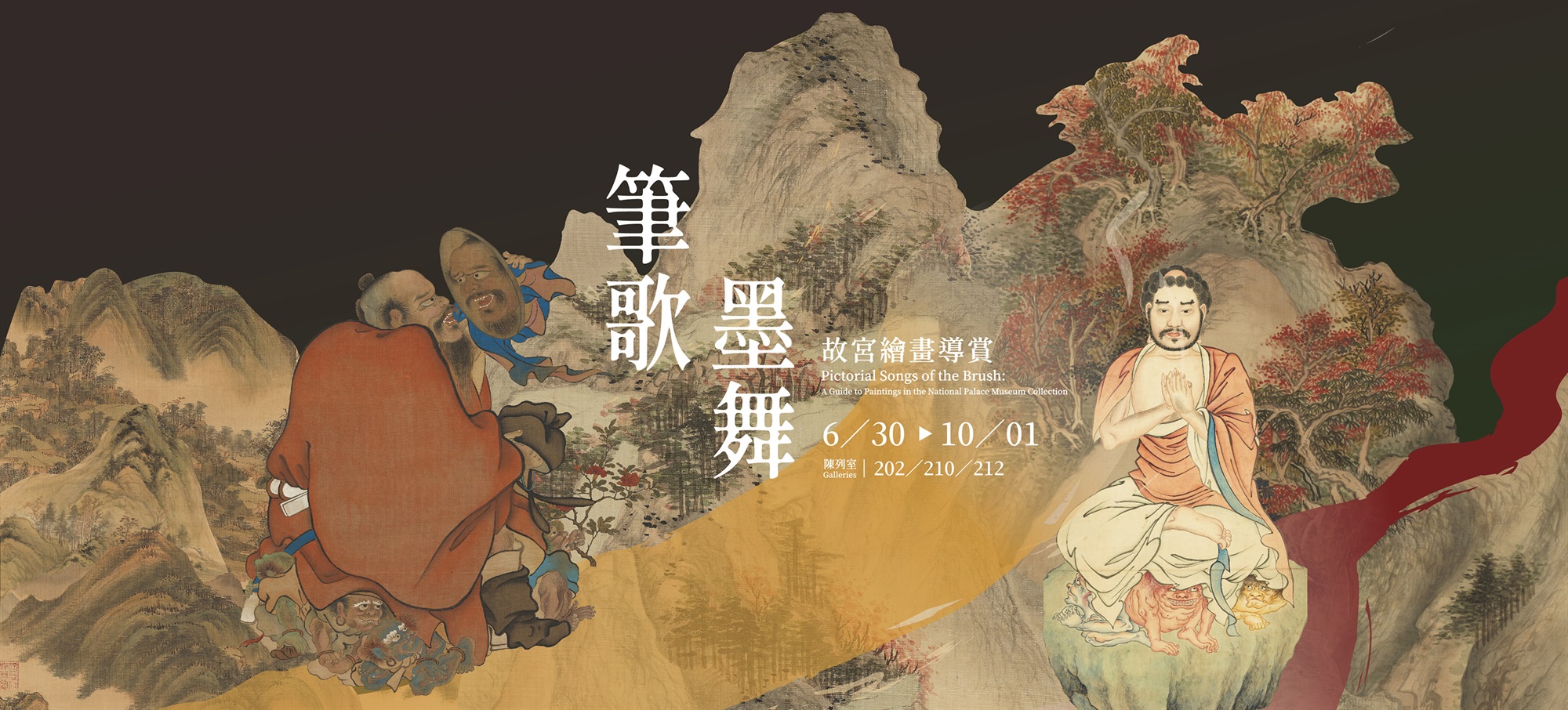Landscape Painting: Autumn Scenery
Landscape painting refers to the depiction of views in nature that focuses on how the composition is arranged and the idea or mood expressed, it being one of the best ways for artists to convey their skill and tradition. The range of landscape topics is wide and varied, including scenery associated with the four seasons of spring, summer, autumn, and winter, the elements of which have been enjoyed by artists for centuries. And of the seasons, autumn, with its falling leaves and the solitude of wild geese heading south, has long conjured a sense of sorrow and nostalgia among both artists and audiences alike. However, autumn is also a season rich with potential, the leaves turning brilliant shades of color, the mountains ablaze in a range of bright hues. Viewed either up close or from afar, the scenery can be ever-changing. Let’s now explore how Chinese artists depicted images of autumn over the years!
-
After Guo Xi’s “Travelers in Autumn Mountains”, Tang Di (1296-1364), Yuan dynasty
Tang Di excelled at landscape painting and followed the style of Guo Xi (fl. 11th c.), achieving the hoary and luxuriant manner for which he was known.
This rustic scene of late autumn depicts wintry trees and includes a winding path among a stream and rocks. Peaks and ridges rise upwards with an old temple complex hidden among the mountains. Villagers catch fish and row home as several travelers seem to be in a hurry. The painting is based on the composition of a central monumental mountain, the spirited slopes depicted in “curled-cloud” texture strokes and strong withered tree branches rendered in “crab-claw” brush strokes, which all derive from the formula and brush method of Guo Xi. Throughout the work are more washes than texture strokes, the earthen areas glistening beautifully as wispy mists envelope the scenery, exuding an atmosphere of peace and tranquility.
-
Landscape in the Style of Huang Gongwang, Wang Shimin (1592-1680), Qing dynasty
Wang Shimin was a very talented artist whose family also had a large art collection. Studious and hardworking, in painting Wang followed the style of Huang Gongwang (1269-1354), delving into and studying Huang’s painting closely.
The foreground scenery in this work depicts scattered mountain houses and dense forests with a stream of rushing water. Behind and separated by the peaks in clouds and mists are layers of triangular forms receding back to create a massive mountain form. Moist and continuous “hemp-fiber” texture strokes are used to outline the earthen forms and peaks that were then covered with washes of ocher and vegetable green. They make the painting appear bright and decorative, expressive of the scenery between summer and autumn with trees and grasses lush and beautiful.
-
Imitating Wang Meng’s “Autumn Mountains”, Wang Jian (1598-1677), Qing dynasty
Wang Jian, the grandson of the well-known Wang Shizhen (1526-1590) in the Ming dynasty, had a large family collection of art and became known as one of the Four Wangs of the Early Qing.
After a frost in autumn, maple trees here have turned a dazzling red, standing tall and lofty lined on the peaks. A Buddhist temple was built among the crags with stone beams crossing gully waters. Mountains rise diagonally from the lower left to the upper right, turn back and extend diagonally to the left, forming a twisting “S”-shaped movement. This painting titled as in imitation of Wang Meng’s (1308-1385) style is actually done in heavy colors, but not so strong as to be overly opulent. An aura of elegant embellishment fills the work, an unlimited spirit harmony naturally emanating from it.


